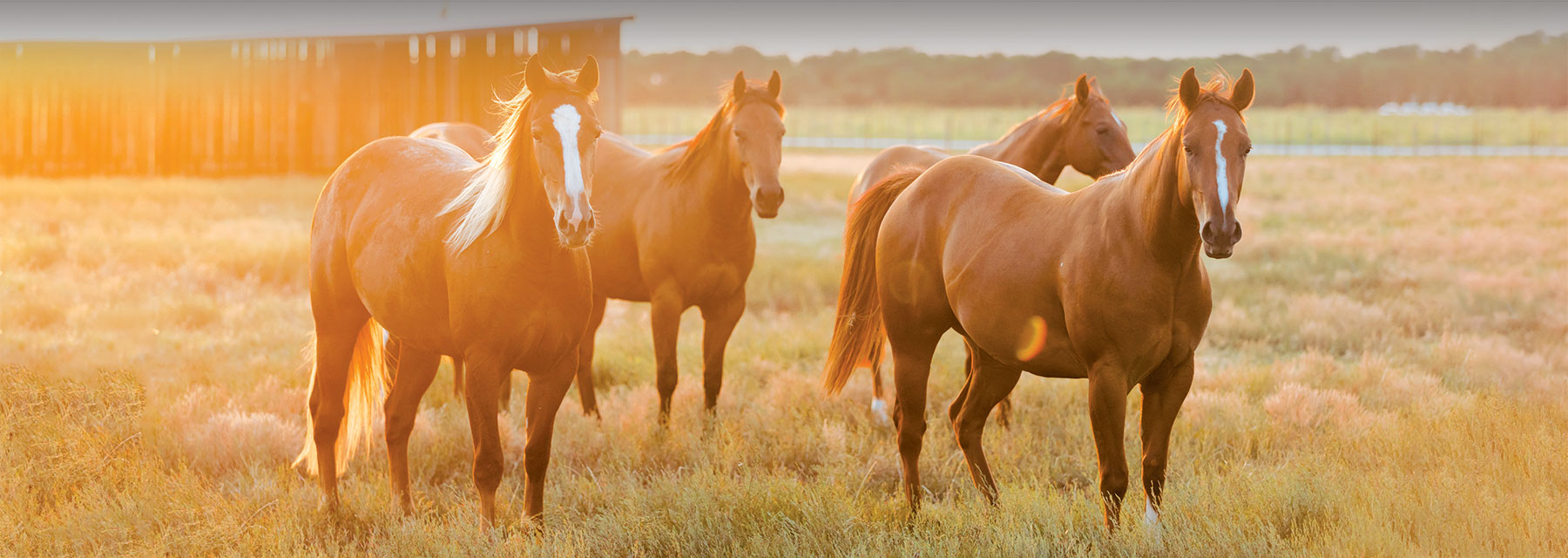Targeted Nutrients Can Affect Oocyte Metabolism in Aged Mares with a History of Breeding Difficulty
From the earliest days of Platinum Performance®, company founder and visionary equine veterinarian Dr. Doug Herthel said there was no greater testament to the impact nutrition can have on a horse’s health than pregnancy. Indeed, we now know that diet can support aged mares, along with mares and stallions encountering difficulties in the breeding barn. As it turns out, we are what we eat, as are our horses, their developing oocytes and embryos, as well as the all-important metabolic function happening within those vital cells. In fact, the research community is learning that what mares are fed leading up to breeding season, during gestation and while lactating can directly impact their offspring and future generations, as is also true for human mothers.
Novel research came to fruition in 2022 from some of the top minds in equine reproduction and equine metabolic research worlds. Giovana Catandi et al (Lance LiPuma, Yusra Obeidat, Lisa Maclellan, Corey Broeckling, Tom Chen, Adam Chicco and Elaine Carnevale) set out to study the effects of targeted dietary supplementation in vivo and in vitro on oocyte function and developmental potential. This group — with the majority comprising top researchers from Colorado State University — hoped to determine whether reproductive success could be supported by nutrition. In other words, could what we feed and supplement mares (particularly older and problem mares) support more normal fertility, resulting in the conception, gestation and delivery of a healthy foal?
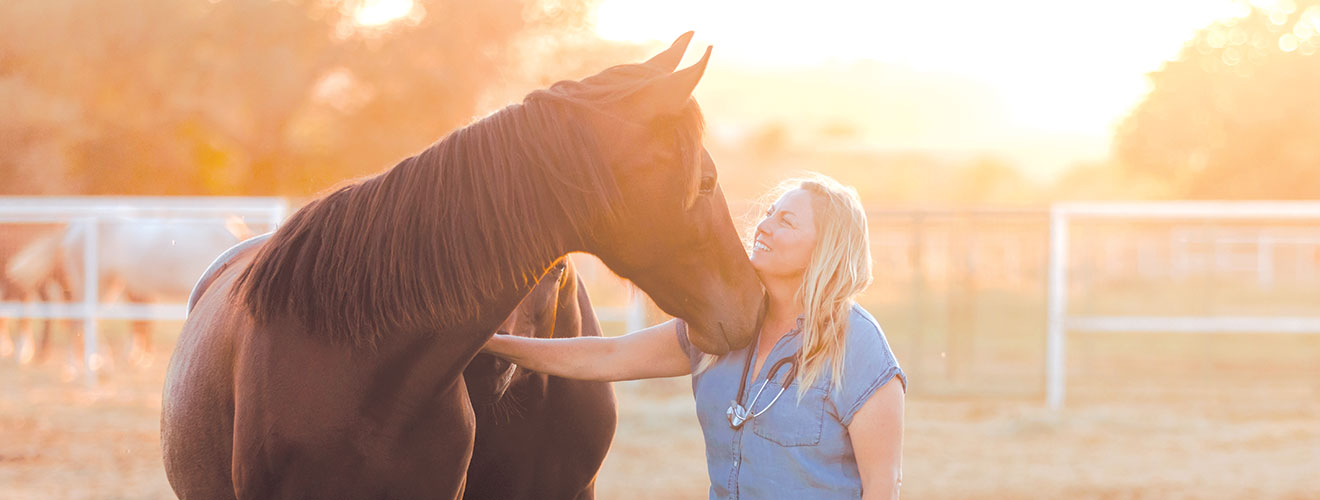
Zeroing in on the Oocyte
Dr. Catandi herself is a young phenom in the equine veterinary research community. A graduate of the prestigious University of São Paulo in Brazil, she earned her Doctor of Veterinary Medicine degree in the bustling South American city, before beginning work on her doctorate in biomedical sciences in 2017 under the powerhouse equine reproduction researcher Dr. Elaine Carnevale at the Equine Reproduction Lab at Colorado State in Ft. Collins. Dr. Carnevale, with Dr. Catandi beside her, has centered the lab’s research focus in recent work on nutrition, citing its influence on not only the health and longevity of the mare but also her ability to reproduce more consistently as she ages and with greater success. Dr. Carnevale has long been known for her work with older, metabolic and problem mares, investigating how to solve fertility issues in those groups. Together with Dr. Catandi, the pair recently conducted three robust studies focused on oocytes specifically and how to maintain oocyte health and optimal metabolic function in aged and problem mares. “Within our ovaries, we have different sizes and stages of oocytes and oocyte development,” explains Dr. Catandi. “As the oocyte develops within the follicular environment, the follicle grows. When the follicle reaches 45-50 millimeters (just under 2 inches), the oocyte is mature enough to be released and is ready to fertilize.” Among the follicular cells, two have significant importance. Granulosa cells line the follicular walls and are important in producing hormones and in creating an environment for the oocyte to develop, among other contributions. Even more important for oocyte metabolism are cumulus cells, which are a specialized type of granulosa cell that surround and communicate with the oocyte. They can transfer nutrients from the follicular fluid directly to the oocyte.
Nutrients to Support Reproduction in Mares and Stallions
Nutrition can be a powerful tool to help support equine reproduction. Everything from oocyte quality, placental health and embryonic development to sperm viability, motility and count can be influenced by targeted nutrition.
Key ingredients supporting reproductive health include:
- Omega-3 Fatty Acids: Along with their role in maintaining normal levels of inflammation, omega-3 fatty acids support oocyte quality, embryonic implantation, placental and fetal development along with the longterm health of offspring.5-7 A study done at Colorado State in 2008 also demonstrated a 129% increase in transfer rates for older mares with a history of subfertility receiving an omega-3-based micronutrient supplement.8 In stallions, omega-3 fatty acids help to preserve sperm membrane integrity and maintain viability during breeding.9
- Prebiotics and Postbiotics: Recognized for their role in reproductive health,10-11 prebiotics and postbiotics, such as the fermentation products of Aspergillus oryzae, help maintain healthy insulin levels, which can directly impact reproductive potential in horses.12-14
- Probiotics: Specific probiotic strains, such as Saccharomyces cerevisiae, have been linked to fertility benefits and improved reproductive outcomes, including increases in breeding performance, lowering the rate of abortion, stimulating milk yield and supporting a higher neonatal body weight to name a few.15-16
- Glutamine: An essential amino acid that plays a key role in embryonic development and blastocyst formation due to its involvement in the synthesis of follicular fluid.17-18 Glutamine supplementation can also help reduce oxidative stress and support sperm quality in stallions.19
- Carnitine: An amino acid that plays a crucial role in the production of energy for the entire body, including the reproductive system. L-carnitine acts as an antioxidant to mitigate oxidative and metabolic stresses associated with the reproduction process,20 and its supplementation has been shown to support the quality of sperm, oocytes and embryonic development.21-24
- Vitamin E: When supplemented in its natural form of d-alpha tocopherol, this potent antioxidant found in immune cells25 can positively impact the rate of conception and percentage of live foals born to mares, as well as support increased libido in stallions.26
- Vitamin C: Also known as ascorbic acid, this water-soluble vitamin helps protect reproductive cells from free radical damage during the production, maturation and fertilization processes.27 Vitamin C has also been shown to support hormone synthesis, follicular growth and sperm viability, motility and total count.28-29
- Superoxide Dismutase (SOD): Serving as the first line of defense against oxidative stress, this potent antioxidant helps address free radical damage at its core.30 Supplementation with SOD has been shown to provide powerful support for cellular development, especially in spermatozoal DNA due to the vulnerability of the reproductive processes to oxidative and metabolic stresses.31
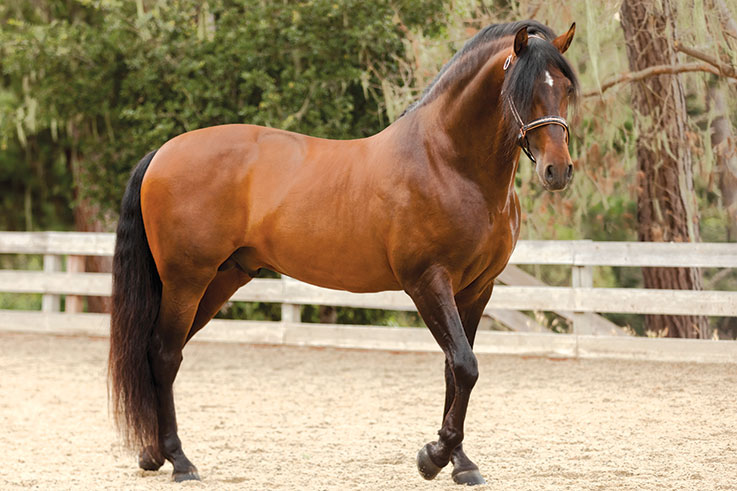
In stallions, omega-3 fatty acids help to preserve sperm membrane integrity and maintain viability during breeding.
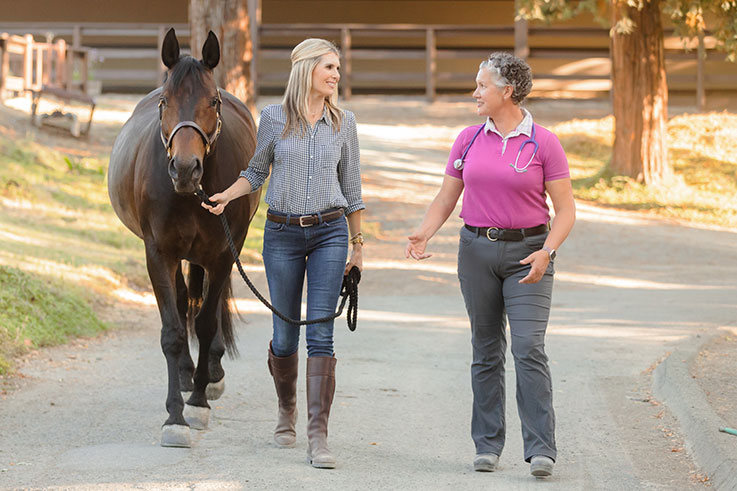
“In this work, we have the ability to create new lives and to help produce offspring from subfertile mares whose owners had perhaps previously lost hope. To get those miracle foals and to be able to help develop new procedures to improve results, that’s what motivates me.”
— Dr. Giovana Catandi, Equine Reproduction Researcher
Feeding the Oocyte
In their work, Drs. Carnevale and Catandi focused on mare maternal aging and how the horse’s age can affect oocyte metabolism and fertility. Second, they examined, in detail, how carefully chosen and targeted nutritional supplements can support impaired fertility and oocyte metabolism. “In this work, we have the ability to create new lives and to help produce offspring from subfertile mares whose owners had perhaps previously lost hope,” says Dr. Catandi. “To get those miracle foals and to be able to help develop new procedures to improve results, that’s what motivates me.” While seeing a healthy foal on the ground is the ultimate goal, it’s the journey that has captured the two women and driven their efforts. “In research, we’re able to investigate not just the big outcomes with embryos, pregnancies and foals on the ground, but, specifically, we get to see what’s happening from the beginning, inside the cells and cellular mechanisms, and the things that let us finally produce what we want.” Dr. Carnevale agrees. Even after her many years of research in the field, she affirms that “what I love is seeing things from the start, especially as we’re looking at oocytes or embryos, and seeing where that horse is really coming from. That’s amazing to me.”
In their work involving the oocyte, and particularly related to aged and problem mares, Drs. Carnevale and Catandi embarked on their most recent research journey with their signature fervor. “Nutrition as it relates to reproduction is not something that was paid much attention to in past years and decades,” says Dr. Catandi. “Nowadays, especially with some of the research investigation that is going on, we can see that nutrition can make a huge difference. We now know that what the mare eats will not just contribute to her overall health, but it can specifically support her ability to successfully reproduce, as well as the health of future generations.” Dr. Carnevale has had a front row seat to the evolution of the role nutrition plays in mare reproduction, as well as from a cellular perspective related to oocyte and embryo development. “Nutrition in reproduction is something that I didn’t really conceptualize as being as important as it seems to be,” she says. “This has been a major advancement. We’re now carefully looking at the oocyte and what we’re feeding the mare and how we’re managing her. We’re learning these things directly support oocyte viability and the potential for that oocyte to develop properly into an embryo.” Dr. Carnevale believes that this budding area of research will become much more central throughout the coming decade and beyond as a non-invasive way to support mares of all ages experiencing fertility challenges.
Their studies have led to novel discoveries related to the role of nutrition in healthy oocyte development and metabolism, but the work was spurred by results Dr. Carnevale saw over a decade ago in her research focused on nutrition and aged mares. “In earlier years, we looked at trying to feed some of our older mares a certain nutritional formula when we were doing oocyte transfer with them. We found that pregnancy rates went up just based on their oocytes, which was really intriguing to think that we might be able to influence what’s happening in the oocyte by what we’re feeding the mare. We’ve now come back to that concept.” Indeed, their latest study model has given the two researchers a wealth of results to dissect and interpret. “It’s pretty well known that with advanced mare age there will be reduced fertility outcomes — less pregnancies and foals produced,” says Dr. Catandi setting the stage. “We investigated, more specifically, what happens in the oocyte itself, which is the cell that will pretty much form everything later on after fertilization, the embryo itself.” The team first looked at what happens within the oocytes of older mares versus oocytes from young, healthy mares. “There were massive alterations in metabolic function in these older oocytes, meaning that they’re less capable of producing energy overall. This is reflected in these oocytes having a reduced ability to successfully develop into embryos,” explains Dr. Catandi. Groups of older mares were chosen that were known to have impairments in fertility, oocyte quality, embryonic development in vitro and metabolism. “We then utilized dietary supplementation with older mares to see if feeding them ingredients that directly target those metabolic dysfunctions would support the oocytes in terms of metabolism and quality; essentially, would it impact how they develop into embryos and hopefully into pregnancies,” says Dr. Catandi of their approach. “What we saw is that, indeed, all those good ingredients, those nutrients, fed to mares in the short term — even for only a few weeks — were able to directly support the metabolic function of the oocytes leading to the oocytes producing more energy and finally being able to more successfully develop into embryos.” The results showed that with specific nutritional intervention, oocytes in older mares became significantly more similar to those in their younger counterparts in terms of metabolic function and quality. “We were able to support in vitro fertility outcomes of those older mares by supplementing their diet,” Dr. Catandi says in summary.
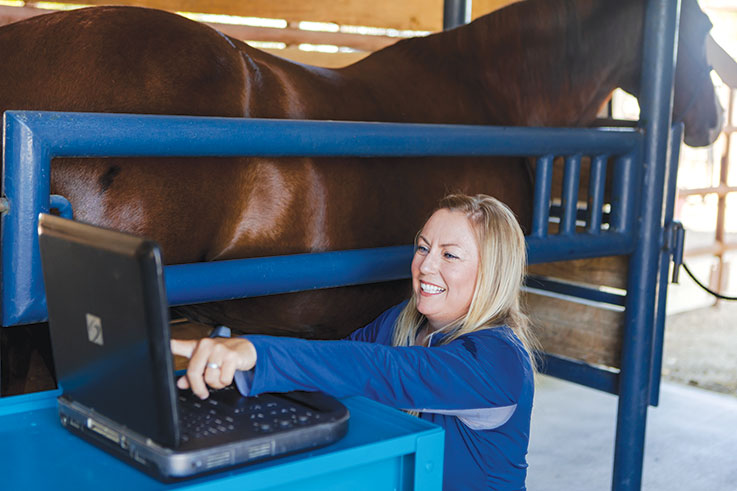
Dr. Melissa Patten evaluates a pregnant mare with ultrasound.
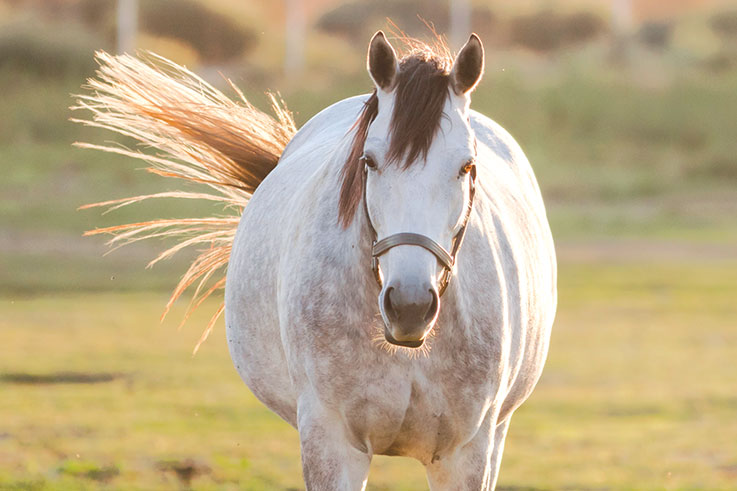
In their work, Drs. Elaine Carnevale and Giovana Catandi focused on mare maternal aging and how the horse’s age can affect oocyte metabolism and fertility. Second, they examined, in detail, how carefully chosen and targeted nutritional supplements can support impaired fertility and oocyte metabolism.
“Nutrition in reproduction is something that I didn’t really conceptualize as being as important as it seems to be. This has been a major advancement. We’re now carefully looking at the oocyte and what we’re feeding the mare and how we’re managing her. We’re learning these things directly support oocyte viability and the potential for that oocyte to develop properly into an embryo.”
— Dr. Elaine Carnevale, Equine Reproduction Researcher at Colorado State University
 The Research
The Research
Nutritional Intervention to Support Reproductive Success in Older Mares
Results of a three-part study at Colorado State University demonstrated the impact of nutritional intervention on age-related reproductive cases. The outcome demonstrated diet has the potential to alter reproductive successes in mares by ultimately having a direct effect on the ovarian follicle and oocyte.
STUDY: Oocytes were collected from maturing, dominant follicles of older mares to determine whether short-term dietary supplementation can alter oocyte metabolic function, lipid composition and developmental potential.
OUTCOME: Compared to standard grain-based diets, oocytes from mares supplemented with a Reproductive Support Supplement* had higher basal oxygen consumption rates, reduced lipid abundance and significantly improved embryonic development rates, specifically blastocyst formation.
* Platinum Performance® Equine with microorganisms and antioxidants to support reproduction.
Oocyte Metabolic Function
Aerobic metabolism based on basal oxygen consumption rate (OCR) Catandi et al., 2022 (P = 0.008)
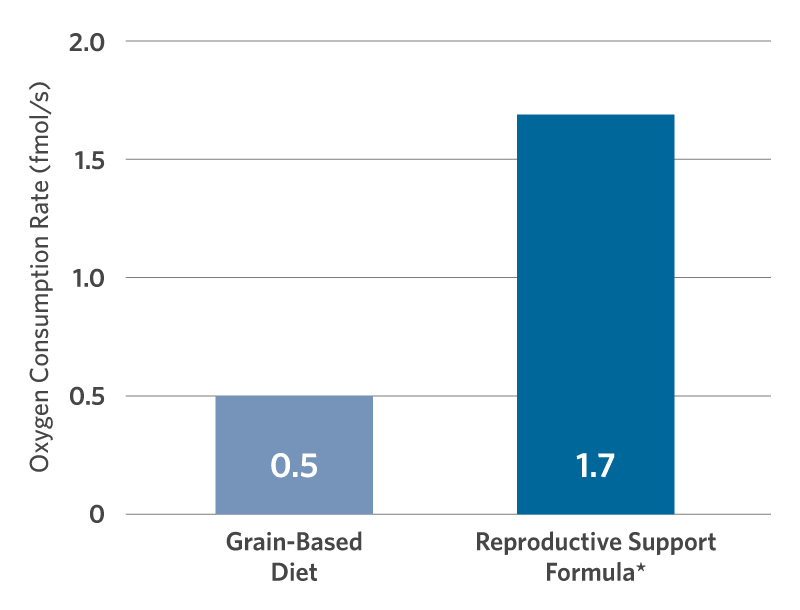
Compared to mares fed a standard grain-based diet, those given the Reproductive Support Supplement* had higher basal oxygen consumption rates, which are associated with oocyte and embryo viability.
Embryo Development
Embryonic development rates after intracytoplasmic sperm injection (ICSI); adapted from Catandi et al., 2021 & 2022 (P < 0.05)
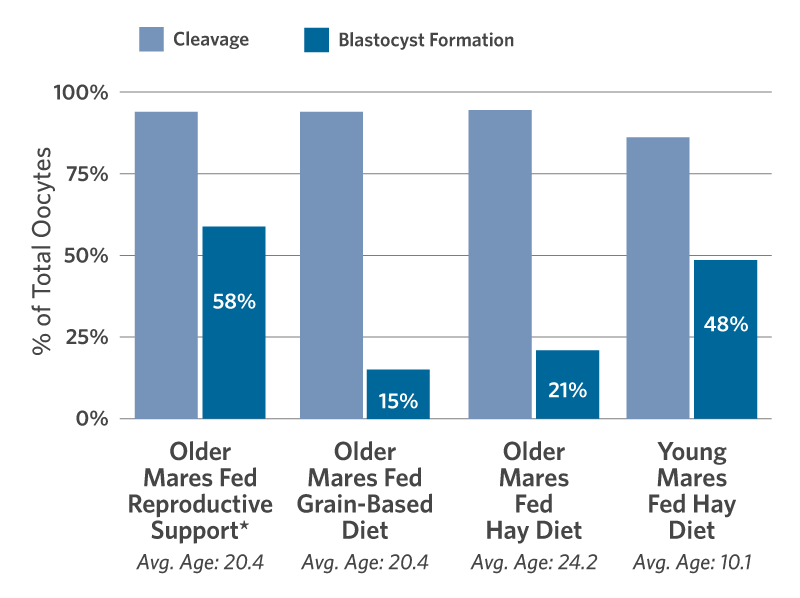
Older mares fed the Reproductive Support Supplement* were better able to develop their fertilized oocytes into blastocysts compared to older mares fed a grain-based diet. Their rate of development was similar to that of young mares fed a hay diet.
1. Catandi GD, LiPuma L, Obeidat YM, et al. Oocyte metabolic function, lipid composition, and developmental potential are altered by diet in older mares. Reproduction 2022;163:183-198.
2. Catandi GD, Obeidat YM, Broeckling CD, Chen TW, Chicco AJ & Carnevale EM Equine maternal aging affects oocyte lipid content, metabolic function and developmental potential. Reproduction, 2021;161:399-409.
Study Outcomes Spur Change
The research duo conducted multiple studies in consecutive breeding seasons where they changed the dietary formulation and composition stepwise until they landed on the ideal formulation. “We were really trying to isolate potential ingredients that were going to be more beneficial or less beneficial,” confirms Dr. Catandi. One important realization was that there was no single “silver bullet’ ingredient: It was the overall blend that was greater than the sum of its parts. With their formulation established, the work broadened to include studies with obese metabolic mares. The team saw that this specific nutritional formulation supported their oocytes and systemic health as well. “We were able to directly support their ovarian follicular environment, including the metabolism of the somatic cells that form the follicle and, specifically, the oocytes,” explains Dr. Catandi of their findings. “After supplementing those older or obese mares, we can also support more healthy lipid accumulation in those oocytes, reflecting that they’re using their lipid reserves more normally to produce energy. All of these things contribute to fertility.” In addition, other unexpected results emerged, including the ability for this specific nutritional formulation to decrease levels of reactive oxygen species and oxidative stress within the follicle.
“To me, this was amazing that we were very quickly changing the whole follicular environment and potentially the capability of that oocyte to develop by what we were feeding the mare,” said Dr. Carnevale of her pleasant disbelief in their findings. In fact, she and Dr. Catandi were so skeptical of the results at first that data was rerun and confirmed that the results were as positive as they seemed.
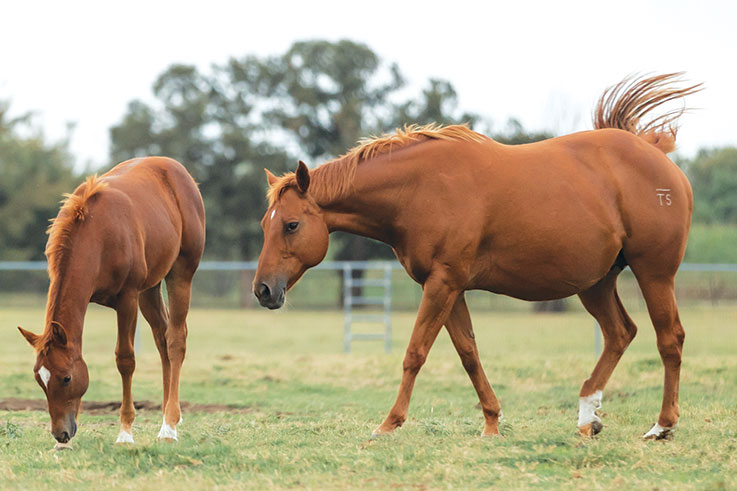
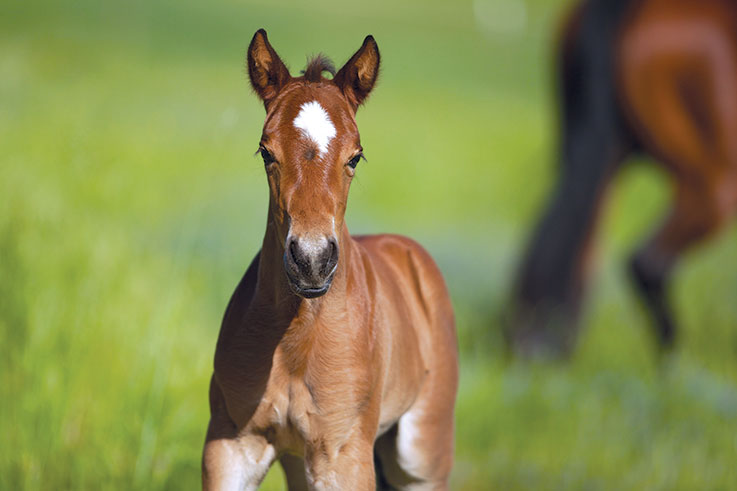
PHOTO BY CAM ESSICK
“To me, this was amazing that we were very quickly changing the whole follicular environment and potentially the capability of that oocyte to develop by what we were feeding the mare,” said Dr. Elaine Carnevale of her pleasant disbelief in their findings. In fact, she and Dr. Giovana Catandi were so skeptical of the results at first that data was rerun and confirmed that the results were as positive as they seemed.
“We now know that nutrition is very important for the horse’s well-being and, more specifically, the mare’s well-being. Through what we have been working on, we’ve seen that it’s actually very important for the health of many cell types in the body, including the oocytes and the cells in the follicle. Nutrition not only supports the overall health of that animal, but it may actually affect the health of future generations that will be produced from these oocytes.”
— Dr. Giovana Catandi, Equine Reproduction Researcher
The Work Moves Forward
Dr. Carnevale and her team have remained heavily interested in the impact that specific nutrition can have on equine reproduction due to the vast potential. “We have continued the work because it’s so fascinating,” says Dr. Carnevale. “Currently, we’re looking at different feed substances and how they can affect what’s going on in the follicle. It’s been quite eye opening. I expect this will be important for the equine industry because how we manage these mares nutritionally likely affects their reproductive potential and epigenetic programming, especially as they get older.” While both researchers are convinced of the power of nutrition, Dr. Carnevale is quick to point out that not every nutritional supplement is equal. “Quality and freshness are two of many things that are important,” she says. “I want to know where it comes from, how it’s made, that there’s science behind it and that I can trust it.”
With last year’s published research, the impact of the work is only just being realized. “It’s the health of the cells and how they function; it’s that synergy that’s going to affect the health of the mare, their performance and potentially their ability to produce healthy offspring,” says Dr. Catandi of the gravity of the work. “I was drawn to reproduction work because of the idea of making lives instead of saving lives. I felt like that’s where I fit best in veterinary medicine. There’s been so much innovation, and we’re in a phase where there’s a lot of development and a lot of technology emerging.” The world of equine reproduction has changed dramatically over the past 10-15 years with exponential progress in areas like the growth and accessibility of assisted reproductive procedures like intracytoplasmic sperm injection (ICSI). “There’s more reliance on science, and we now have the ability to actually manipulate the oocyte or the embryo to produce offspring from mares or stallions that may not have been possible in prior years,” confirms Dr. Carnevale of the progress.
While technique and technology have evolved to incredible heights, the impact of the pair’s nutritional studies will further change equine reproduction. “We now know that nutrition is very important for the horse’s well-being and, more specifically, the mare’s well-being,” says Dr. Catandi. “Through what we have been working on, we’ve seen that it’s actually very important for the health of many cell types in the body, including the oocytes and the cells in the follicle. Nutrition not only supports the overall health of that animal, but it may actually affect the health of future generations that will be produced from these oocytes.” While the work is giving new hope for non-invasive strategies to support fertility in older and problem mares, there’s an added bonus: “There are translational aspects that could be potentially important for human reproduction,” says Dr. Carnevale excitedly. She and the Colorado State team — home of the C. Wayne McIlwraith Translational Medicine Institute — have been early pioneers and continuous advocates for science to be passed seamlessly between equine and human medicine, with reproduction being a natural fit. “Specifically, with some of the nutritional work we’ve been doing, we’re seeing the potential to support the viability of the oocyte and the health of the offspring simply with what we feed the mare,” says Dr. Carnevale with visible hope for the future. “This may translate into women as well.” The possibilities truly are just coming to light as we learn more about how something as non-invasive as nutrition can support health in oocytes, embryos, mares and their foals.
